Cape May Higbee Beach Wildlife Restoration Project – UPDATE
It’s been over half a year since the Cape May Higbee Beach Wildlife Restoration Project began, and there has been significant progress.
The Wildwood Video Archive made its way to the project site to bring you some seagull footage.
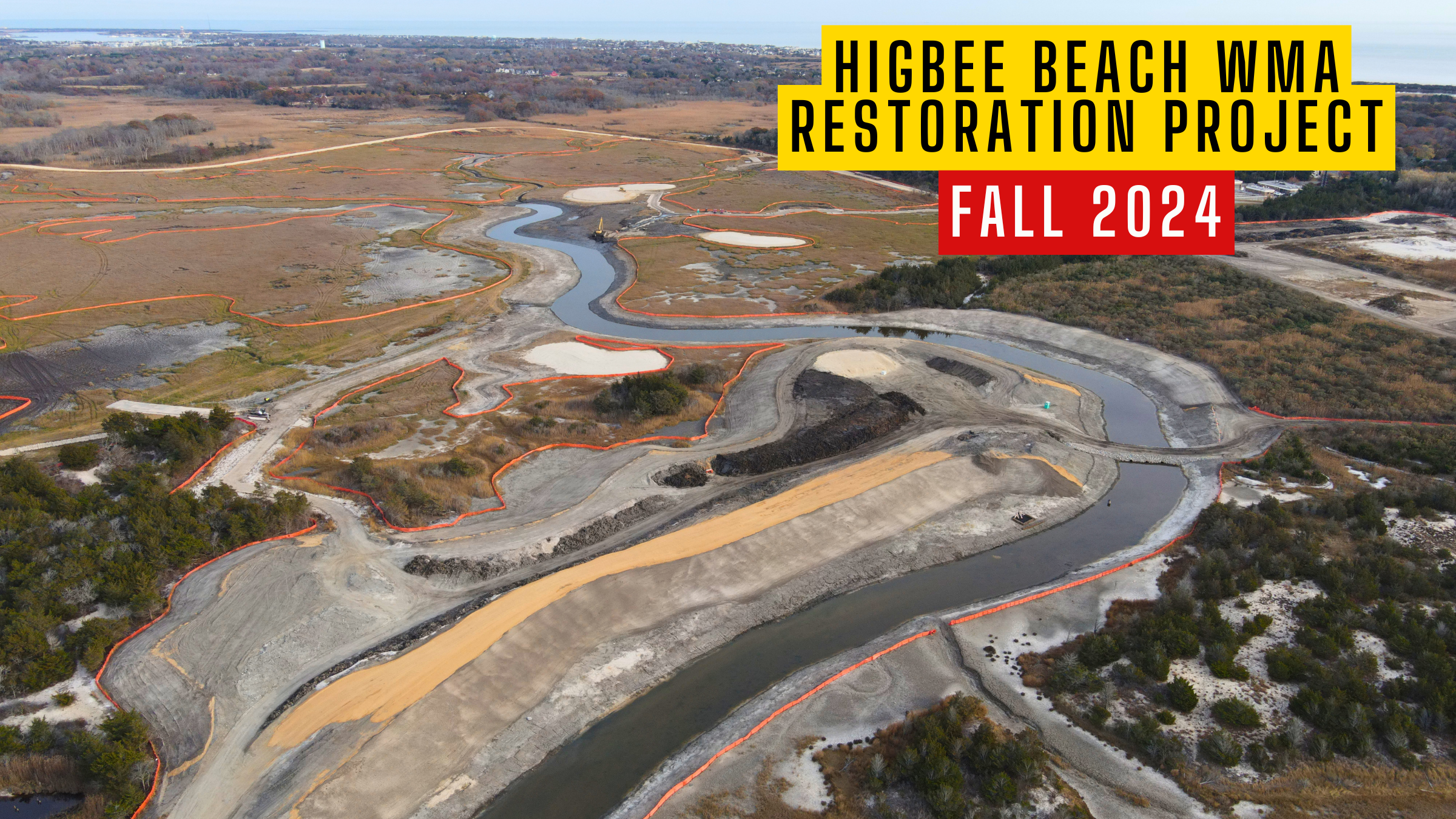
Cape May Higbee Beach Wildlife Restoration Project – UPDATE
You can watch that video at the bottom of this article.
This restoration, led by the New Jersey Department of Environmental Protection (NJDEP), aims to reverse over a century of ecological damage caused by human activity and industrial operations.
For those who may not remember, a Magnesite Plant once operated in this part of Cape May County. In 1941, Dresser Industries opened the Harbison Walker – Cape May Works plant.
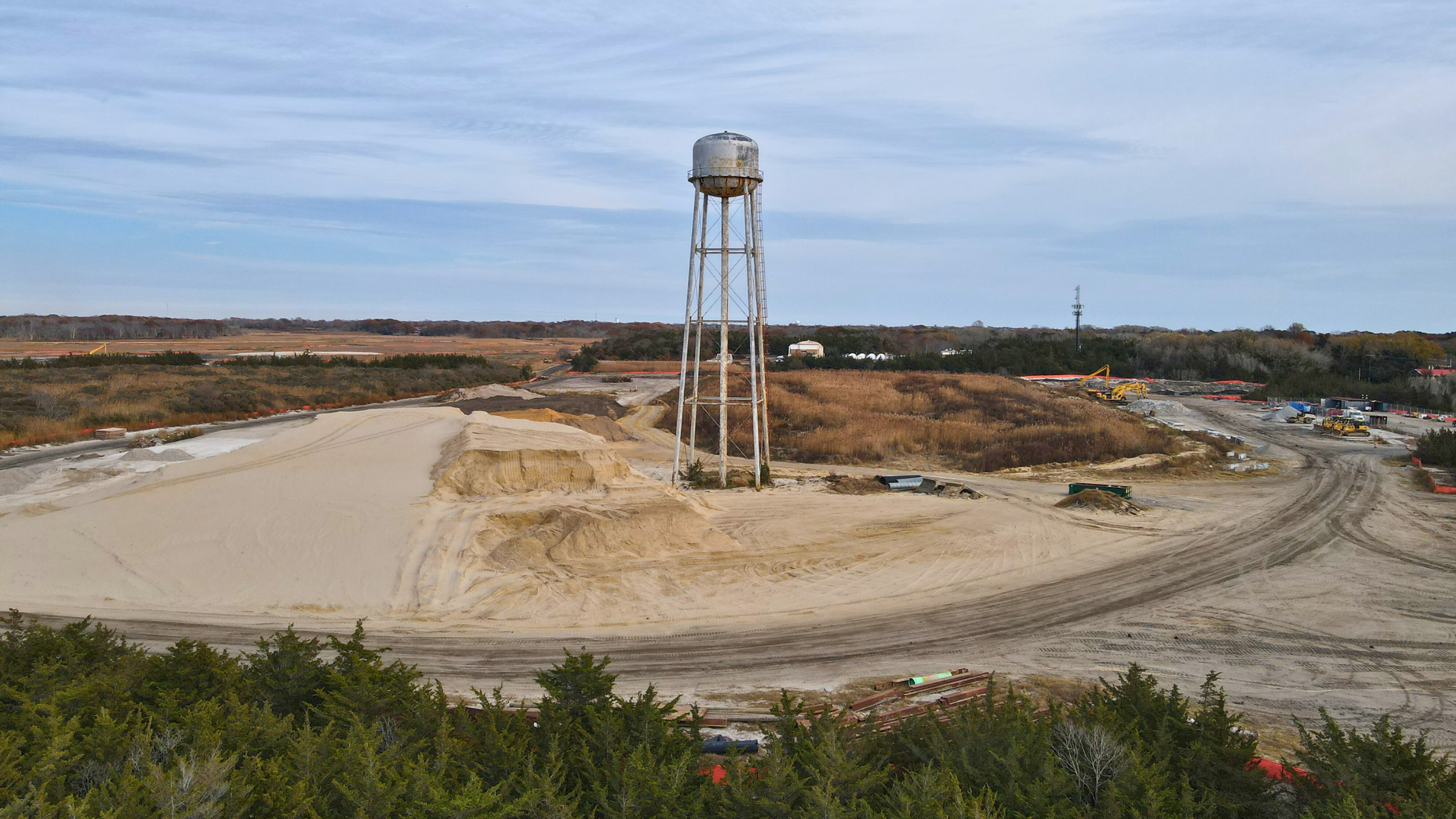
Before the project began, those who walked through the area would have seen a barren, dried-out landscape where very little life could thrive.
Also See: ICONA Resorts’ Plan for Wonderland Pier Sparks Heated Debate in Ocean City
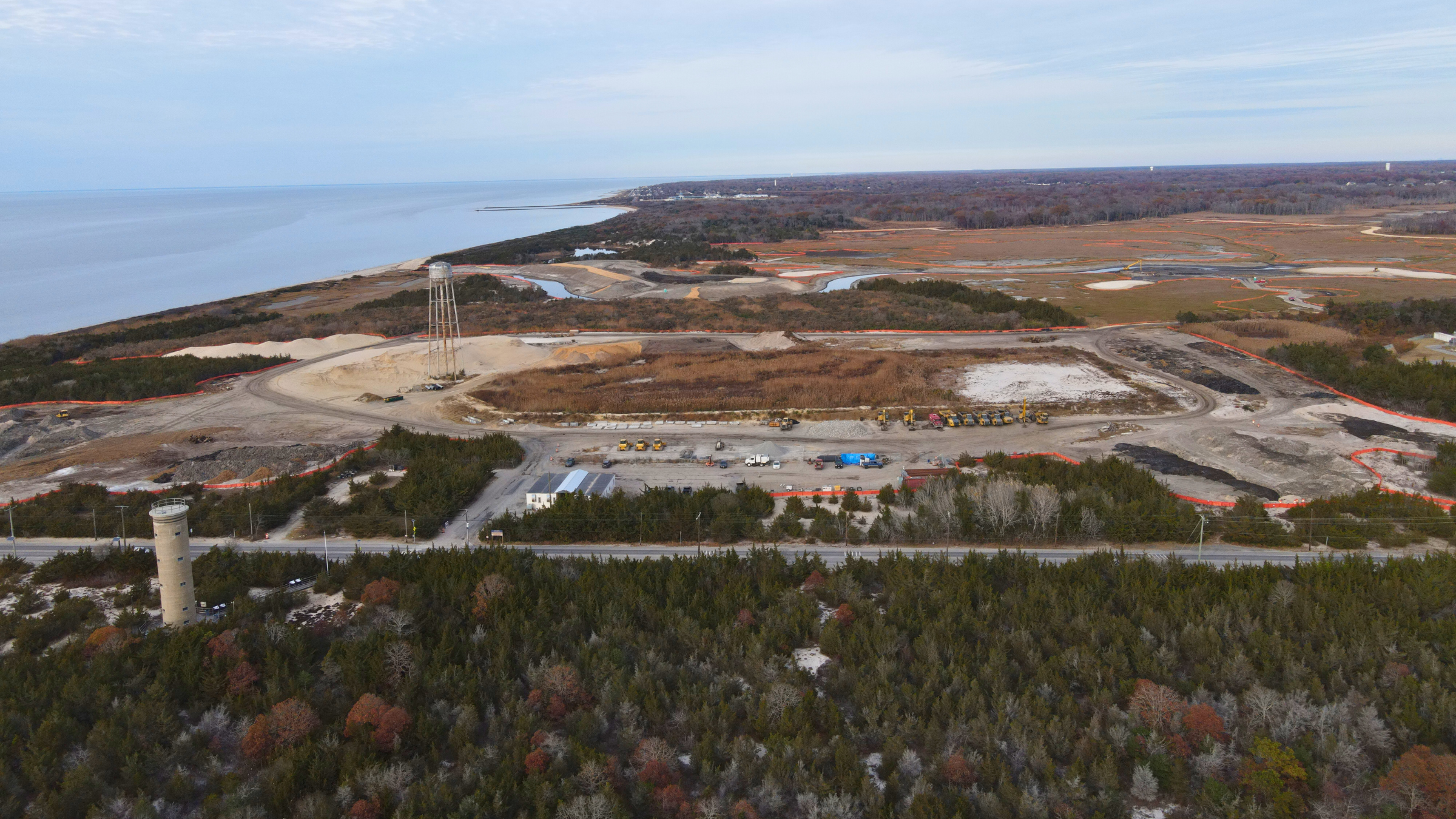
There are also plans to make part of this area more accessible and enjoyable for visitors.
Future developments include wildlife viewing blinds, boardwalks, expanded trails, and an interpretive facility to educate visitors about the area’s rich ecological and cultural history.
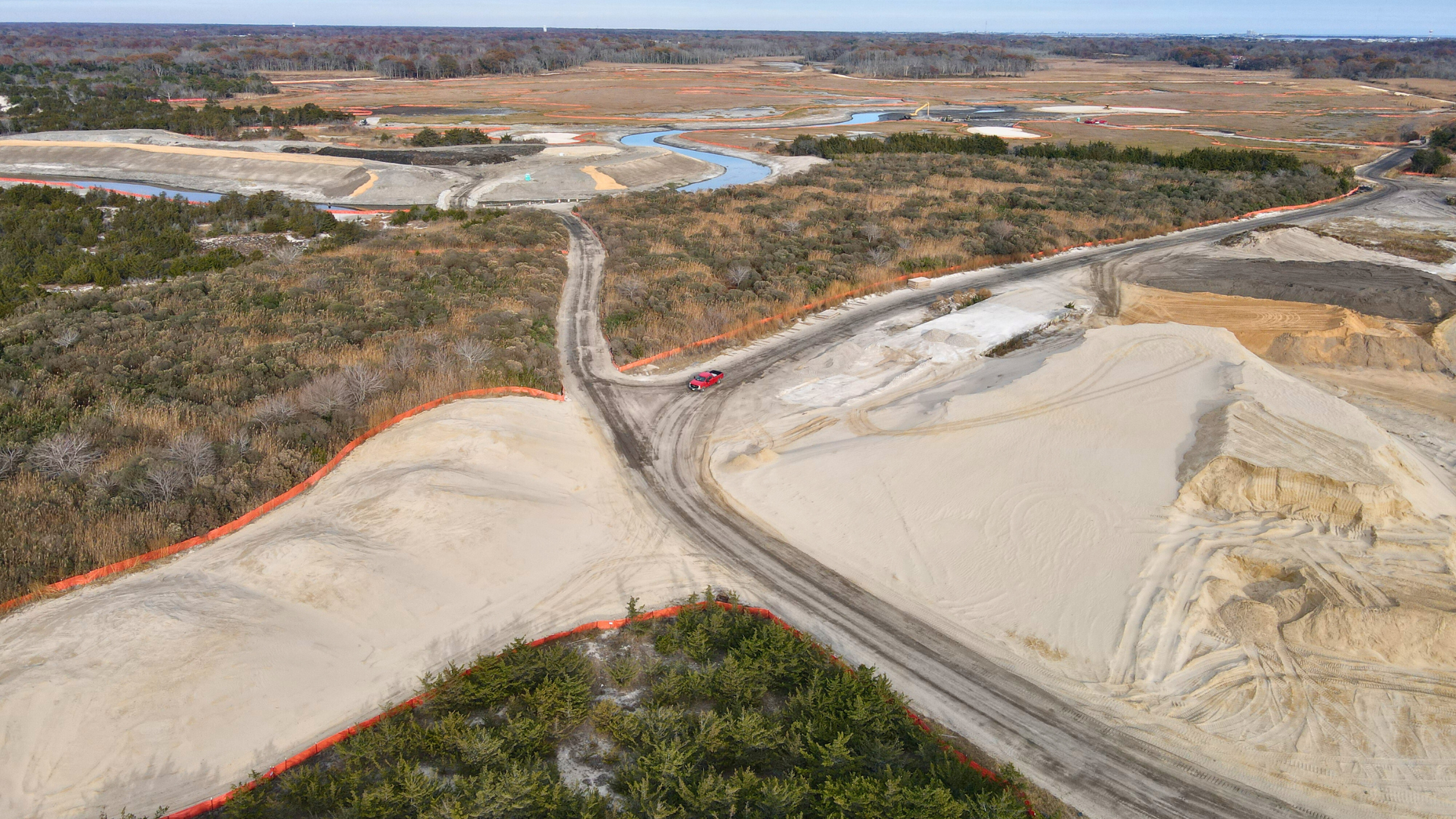
Since the project is transitioning to a freshwater marsh system, crews installed bulkheads to prevent saltwater intrusion from the Delaware Bay.
Next, crews hauled in hundreds of thousands of tons of sand, dirt, and rocks to help build up certain areas of the Pond Creek marsh.
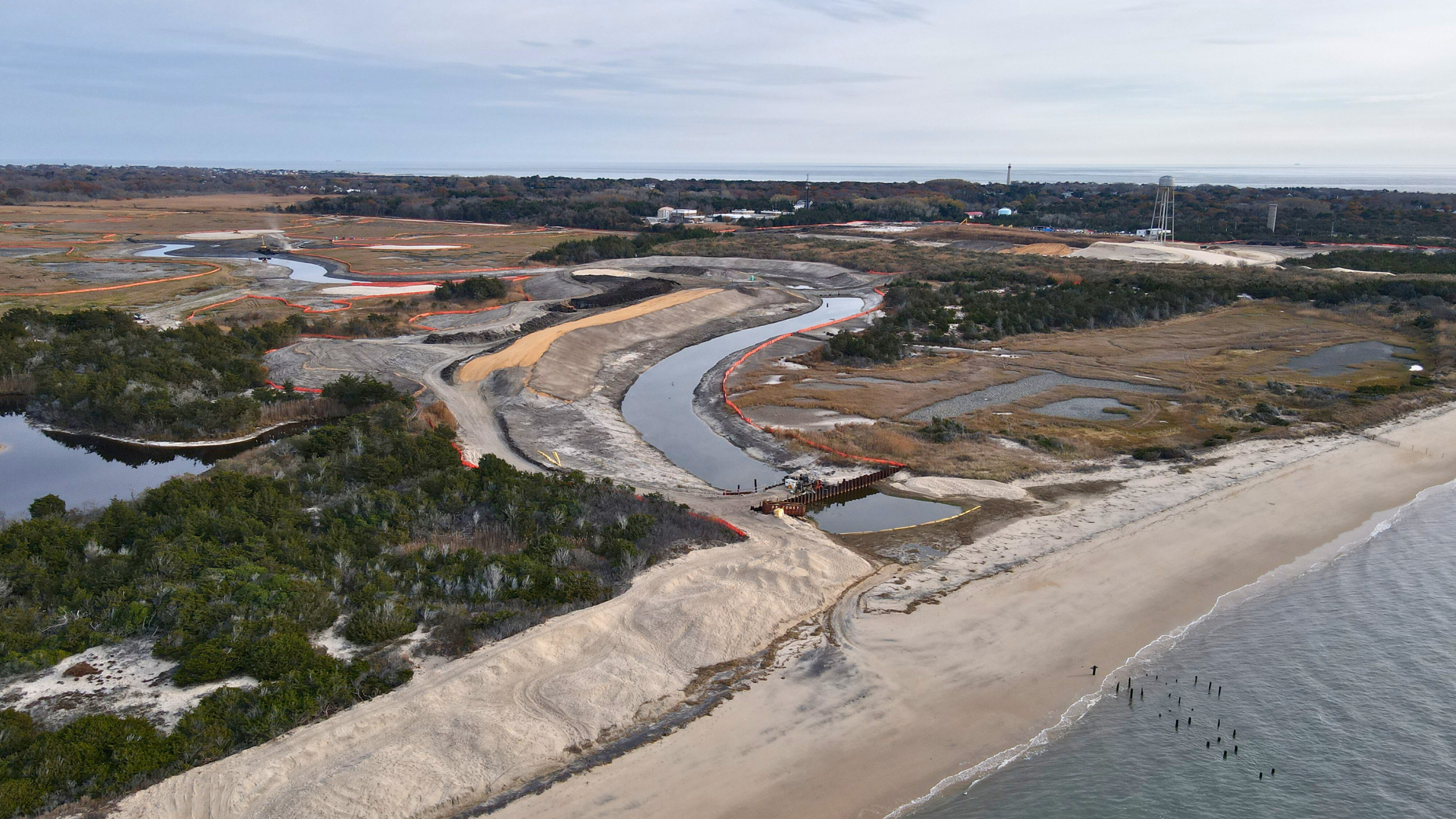
While the site remains closed to the public until December 2026 to ensure the success of these efforts, the project promises lasting ecological and educational benefits for generations to come.
In the video below, we take a look–viewing from outside the construction area–at the current state of the project.
From the footage, you can see just how much progress has been made in a short time.
Before you watch, please subscribe!
